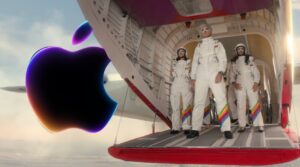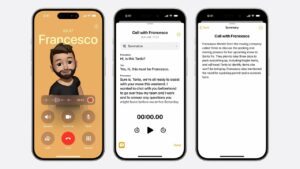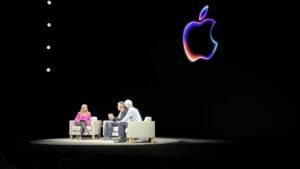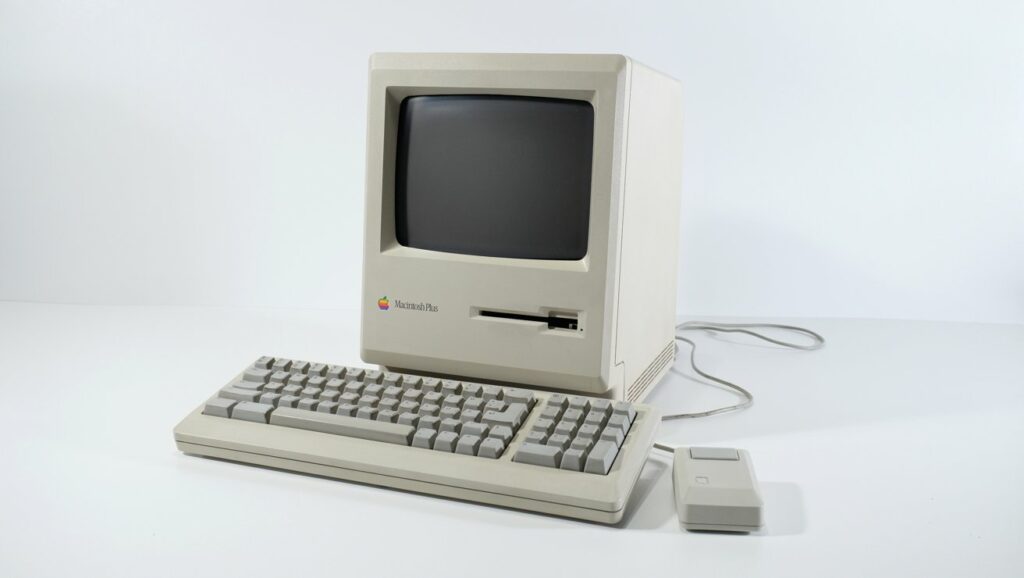
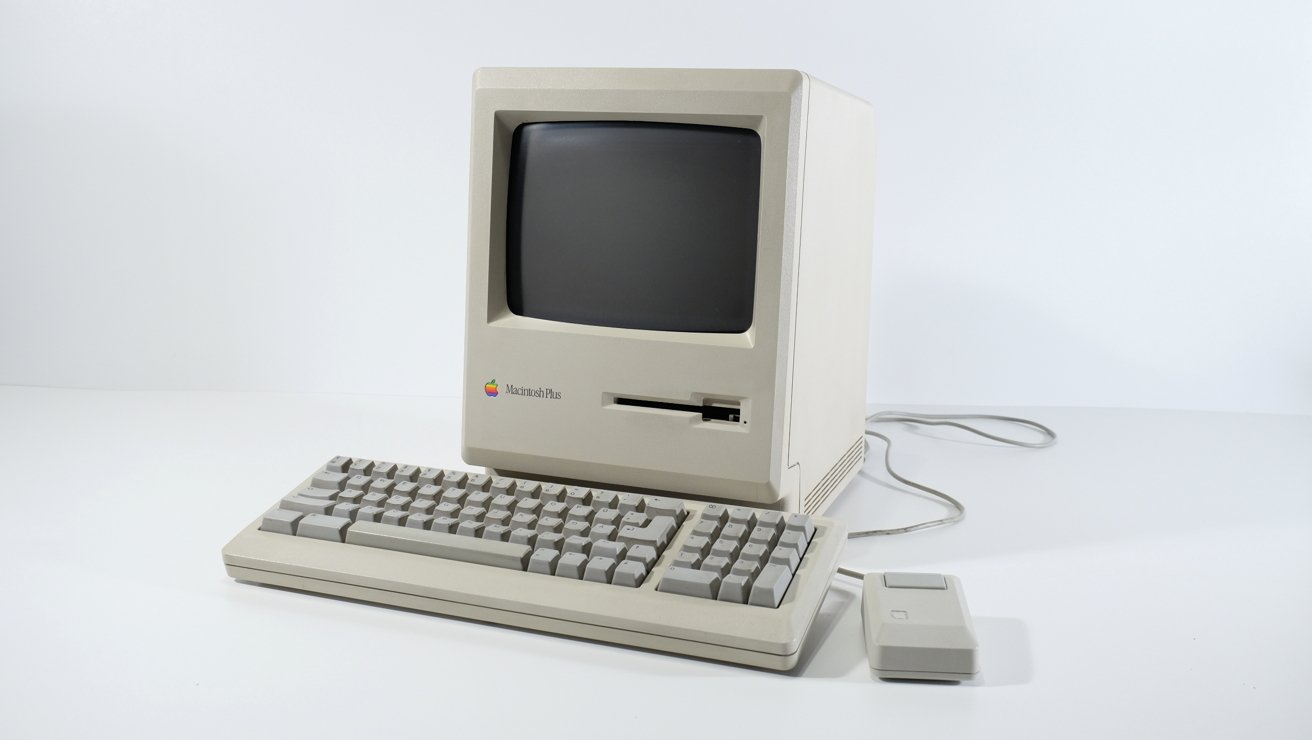
AppleInsider může získat přidruženou provizi za nákupy uskutečněné prostřednictvím odkazů na našich stránkách.
Zatímco starý hardware Apple je většinou dávno pryč, existují způsoby, jak spustit některý z vašeho starožitného softwaru na vašem současném Macu. Zde je návod, jak začít emulovat staré počítače Apple na vašem novém počítači.
Na úsvitu éry osobních počítačů na přelomu 70. a 80. let 20. století existovaly desítky společností, které vyráběly malá PC pro domácí použití.
Jak dnes roste nový zájem o tyto klasické stroje, objevuje se stále více emulátorů, které vám umožňují provozovat starší operační systémy na vašem Macu nebo PC. Nyní existují stovky klasických emulátorů, příliš mnoho na to, abychom je zde popsali.
Zdůrazníme ty hlavní a nejzajímavější.
70. léta: Apple začíná
Apple II, vydaný v roce 1978, byl prvním zabijáckým produktem Applu vytvořeným Stevem Wozniakem a Stevem Jobsem a raketově posunul společnost z garážového startupu na miliardovou korporaci. Bylo několik modelů Apple II: původní Apple II, Apple II+, IIe, IIc a IIgs. Existovalo také několik dalších menších variant každého z nich.
Většina počítačů Apple II měla pouhé 4K-64K RAM, i když se objevila široká škála rozšiřujících karet RAM od jiných výrobců, včetně jedné od Microsoftu. Softcard Z-80 Softcard také od Microsoftu proměnil Apple II v počítač založený na Z80 schopný provozovat CP/M OS.
Pevné disky byly v té době stále záležitostí pouze pro velké sálové počítače a minipočítače a pro PC byly komerčně vzácné, ačkoli existovaly. Místo toho se používaly počítače ze 70. a 80. let diskety – obvykle 5,25palcové a později 3,5palcové. Velmi rané obchodní minipočítače používaly 8″ varianty.
Apple II nebyl výjimkou a Apple prodával disk II Shugart-založený disk spolu s Apple II. Později se objevilo několik dalších 5,25palcových variant, a když byl v roce 1984 propuštěn Mac, Apple také vydal 3,5″ disky pro pozdější modely Apple II, jako je IIgs.
První zabijáckou aplikací pro Apple II byl VisiCalc – první tabulkový procesor na světě prodávaný na disketě, který napsali Dan Bricklin a Bob Frankston. VisiCalc poskytl účetním, obchodníkům a matematikům možnost zadávat a automaticky přepočítávat velké soubory dat stisknutím jediného tlačítka.
Najednou se předchozí ruční zadávání, jako je vedení knih a vědecké simulace, staly automatickými. Společnosti se houfně hrnuly do Apple II a revoluce osobních počítačů byla na světě.
Apple II se prodalo téměř pět milionů kusů – což bylo u žádného PC té doby neslýchané – a Apple vydělal miliardové zisky. Kolem Apple II vzniklo celé odvětví s prodejci, kteří vyráběli přídavné karty, tiskárny, zvukové boxy, modemy a širokou škálu dalších periferií.
Apple se zrodil z tehdy rodící se domácí počítačové scény v Kalifornii koncem 70. let. Původně se většina PC prodávala jako stavebnice poštou nebo v malých počítačových obchodech. Hobbyisté si objednávali PC sestavy a montovali je. Předchůdce Apple II, Apple I, byla jedna taková sada.
Apple II byl první skutečný domácí počítač prodávaný jako plně sestavený počítač hned po vybalení z krabice. Lidé to milovali.
Obrovské množství videoher se objevilo i pro sérii Apple II a spolu s Atari daly vzniknout trhu domácích videoher. Dříve byly videohry věcí mincovních arkád s velkými arkádovými automaty se čtvrt sloty vpředu pro placení.
Poté, co Apple v roce 1984 vydal Macintosh, vydal také novou verzi operačního systému Apple IIgs řízenou grafickým uživatelským rozhraním, která dala tomuto počítači pocit jako v Macu.
Dnes je k dispozici řada emulátorů Apple II, včetně některých online. Hlavní z nich jsou virtuální ][, and for the IIgs, GSPlus, KEGS, GSport, and XGS.
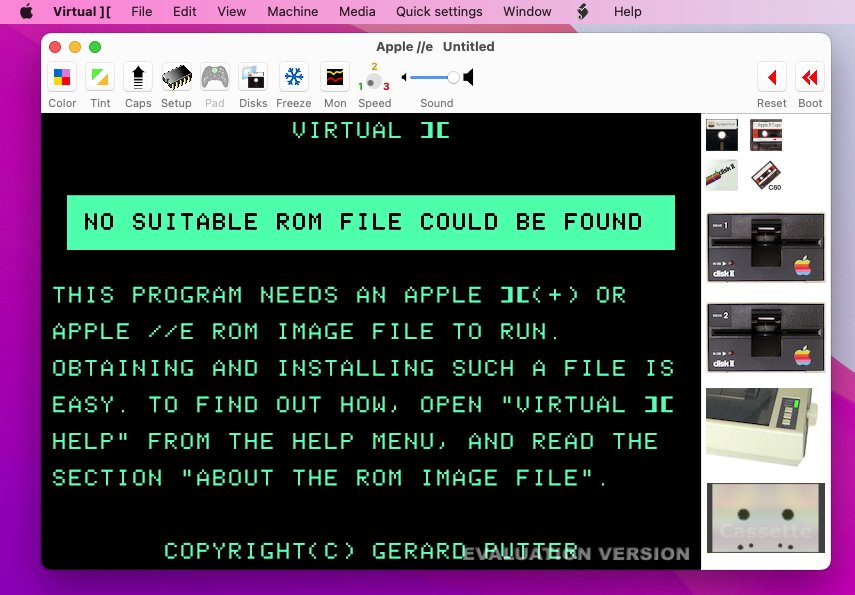
If you have Java installed, the Apple ][ Disk Browser allows you to inspect and peek into the contents of Apple ][ .dsk files.
For a really fun online Apple II emulator, check out AppleIIjs.
The incredible virtualapple.org is a site which allows you to play nearly every Apple II or IIgs game ever made.
For all of the Apple II emulators except the online ones, you’ll first need an Apple II ROM file for each particular machine. Be aware that all Apple II ROM code is still copyrighted by Apple, so in order legally use an Apple II emulator app, you must first actually own an Apple II ROM chip or an Apple II computer containing an Apple II ROM.
Apple III
Later Apple released the Apple III – an all-in-one evolution of the Apple II, which was a commercial failure.

There is one definitive Apple III emulator, Sara, but sadly it’s only for older PowerPC-based Macs and has not been updated in close to fifteen years.
Also check out the apple3.org website which has host of info on Apple III computers.
mauseum.net has an interesting Apple III page, but it is German-only.
Kelvin Sherlock has a frontend for MAME featuring many Apple machines including Apple III, but it is still under development.
He also has a newer, partial port of the IIgs toolbox called Golden Gate.
Hidden away on one of Apple’s little-remembered archive servers, ftp.asimov.net is an older Apple III archive now open-sourced called Apple 3 DVD, which includes a copy of Sara and a wide range of documents and utilities:
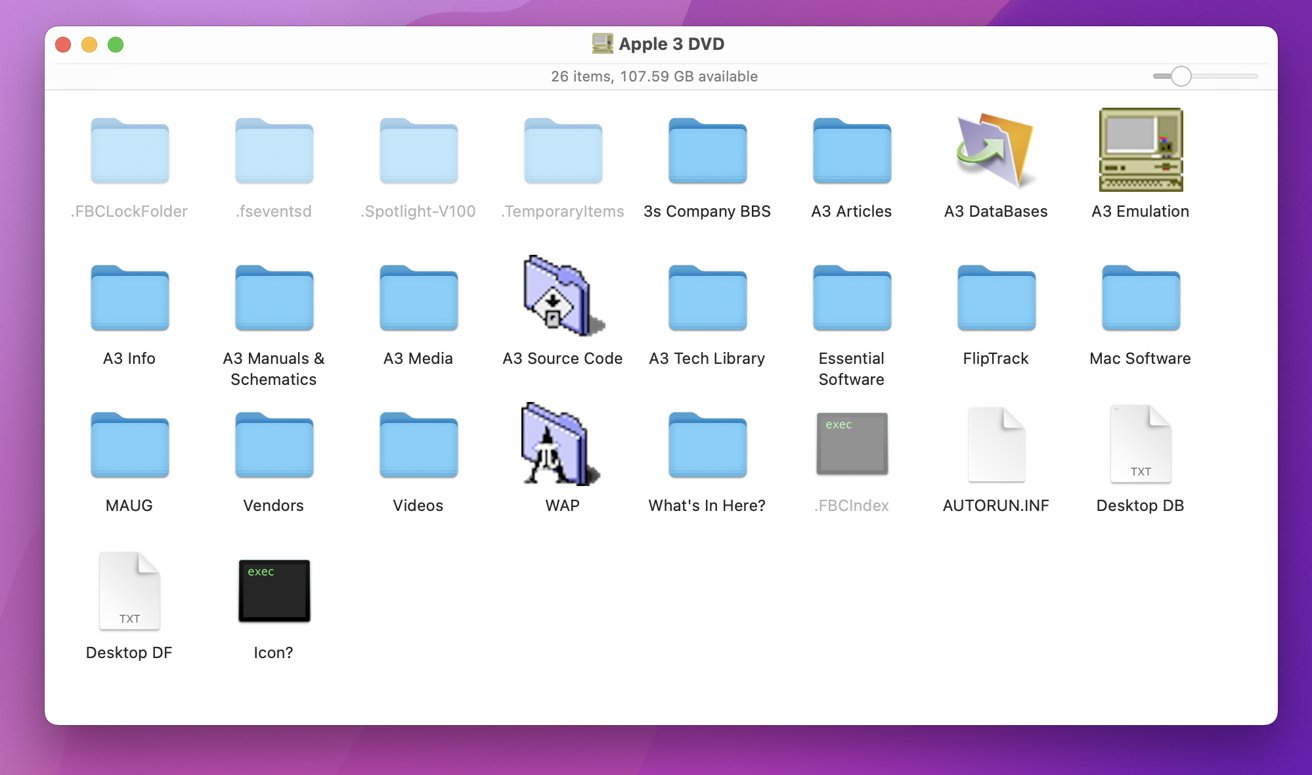
Apple Lisa
Named after Steve Job’s first daughter, Lisa Brennan-Jobs, the Lisa was too big, too expensive, and was a commercial failure. But its development and technology gave birth to the original Macintosh in 1984. Last week Apple open-sourced all the original Lisa source code and software, including its apps – the Lisa Office System. In fact, most of the Macintosh development at Apple originally was done on a Lisa.
On macOS, there is one definitive Lisa emulator app: LisaEm, by Ray Arachelian. Configuration is fairly easy, and once you have the original Lisa software, you can load it into LisaEm as a disk drive. Cursor movement is a bit sluggish, but this has more to do with the Lisa’s original software than LisaEm itself.
There is one additional Lisa emulator for macOS: IDLE, but it doesn’t appear to run on macOS Ventura.
NeXT
After Steve Jobs left Apple in 1985, he formed a new company, NeXT, which created new computers, and the NeXTStep OS. In 1997 Apple bought NeXT for $700 million and NeXTStep became the foundation for macOS and iOS.
Classic Mac OS
Before macOS and iOS, there was Mac OS 9, and before that Mac OS 8, and before that System 7.x. All of these ran on either 68K or PowerPC-based Macs. MacOS 9.2.x was the last version of Mac OS 9 before Mac OS X was released in 2000.
There are a variety of Classic Mac emulators, including:
Even before System 7 there was the black and white System 6.0.8. Mini vMac is a System 6 emulator, but you will need to find a classic Mac ROM image file in order for it to work.
Also be sure to check out the plethora of classic System 6 software at archive.org.
General Emulators
We’ve barely scratched the surface of what’s available in classic emulators for the Mac, but there are two other general emulators: VirtualBox from Oracle, and QEMU (pronounced „Q-ee-mu)“. Both are free, but QEMU is a little more difficult to set up.
VirtualBox is a breeze to use, but quality has declined in recent years and current versions are a bit buggy with missing controls, crashes, and other inexplicable behavior. Still, it’s worth using because it allows you to run a huge number of other OS’es on your Mac.
Using VirtualBox, you can run nearly any version of Windows, Linux, some versions of Android, such as the Android x86 project, old versions of NeXTStep, decades-old versions of BeOS and its modern equivalent, Haiku, some Raspberry Pi operating systems, and Sun’s Solaris operating system, which is now also part of Oracle.
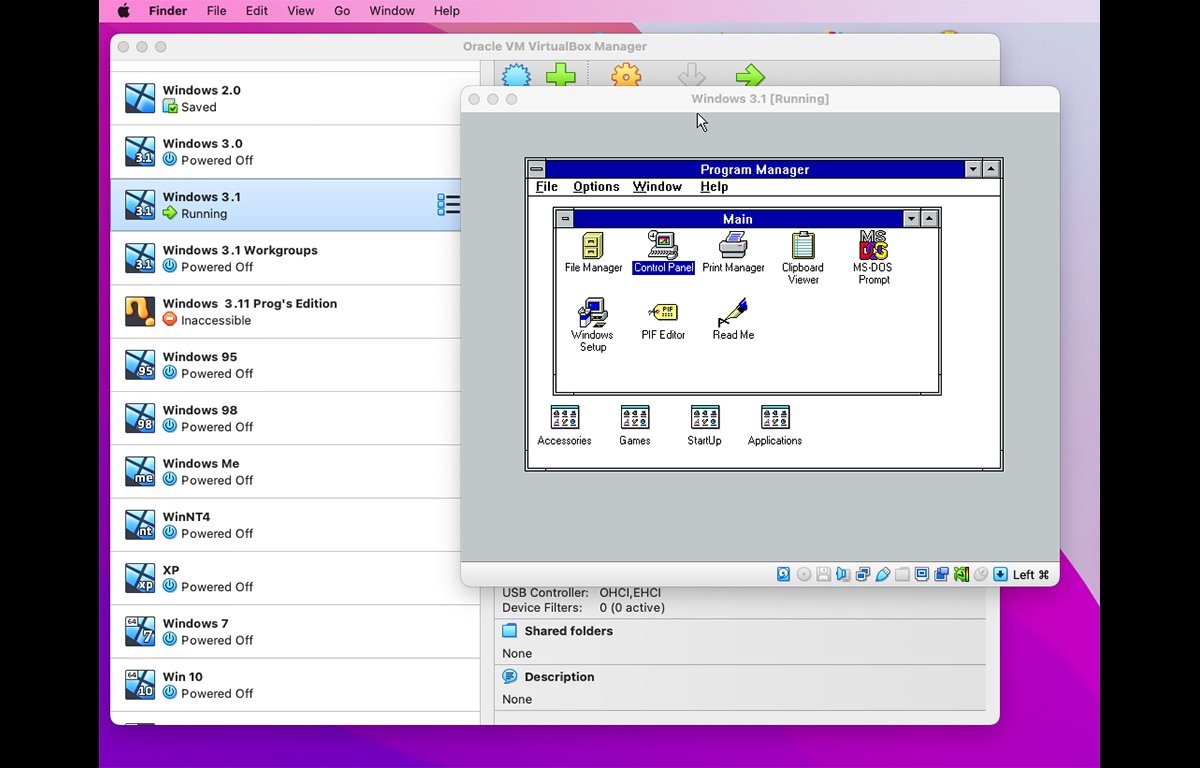
To use VirtualBox, after installation open it and click „New“ at the top of the window. Here you’ll be asked to set up a location for the VirtualBox file for this machine, and to create a Virtual Hard Disk (.vdi) file. You’ll also be asked to choose what type of OS you want to install.
Once everything is set up you can set a downloaded install .iso image as that machine’s CD/DVD ROM drive, set it as the boot drive in „Settings->System“, then start the virtual machine by clicking the „Start“ button. The .iso or CD image you selected will be booted and you can install from there.
Once installation is complete, power the virtual machine off, then change the drive boot order by clicking the „Settings->System“ button again, then setting the new „Hard Disk“ (.vdi file) as the top boot volume by dragging it to the top of the list. The next time you click Start, the machine will boot from the .vdi hard disk you just installed onto.
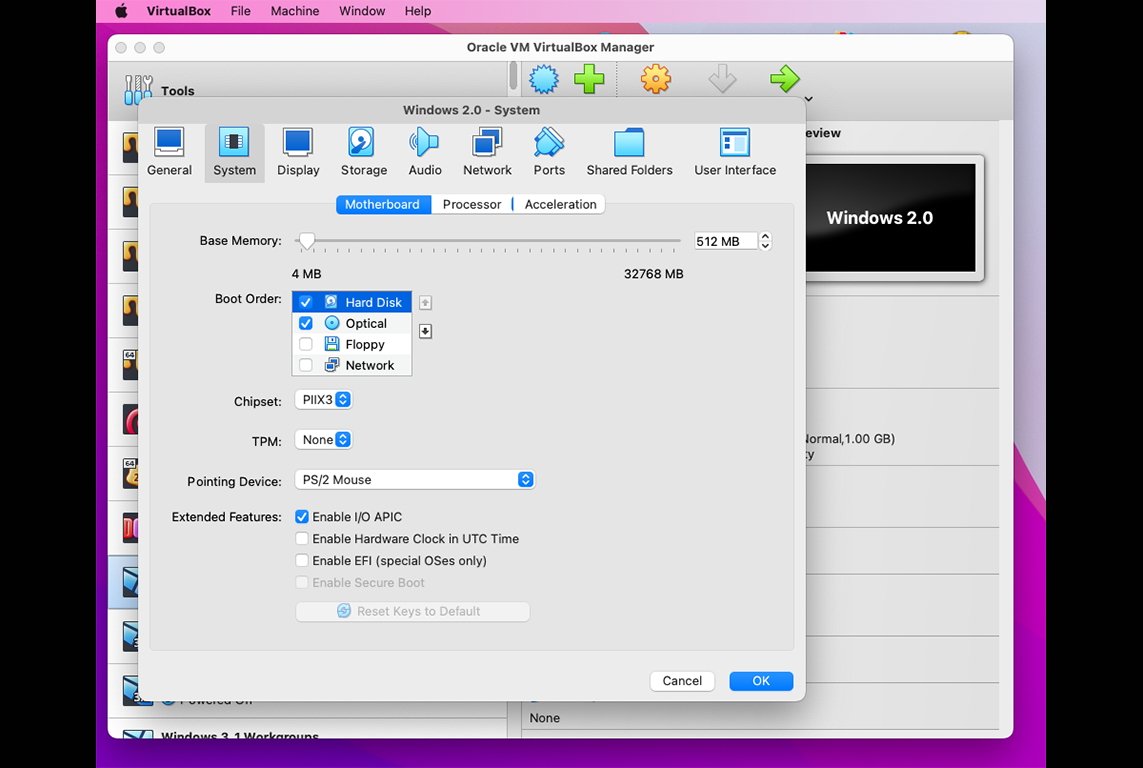
A few tech notes
Most retro floppy disk formats can now be read and written on most modern Macs and PCs, and there are a number of utilities to use them, or peek inside their contents.
If you have an actual Apple II computer you want to transfer files to, and a Mac, you can use ADTPro, which is software on both ends and which allows you to copy old Apple II files from your Mac to an Apple II over a serial cable.
There are hundreds of retro emulators out there, and we’ve only looked at a few. We didn’t cover PC emulators, DOS, Windows in-depth, Atari, Tandy, Sinclair, or TI/99-4A, all of which we’ll cover in a future article.
Zdroj: appleinsider.com
